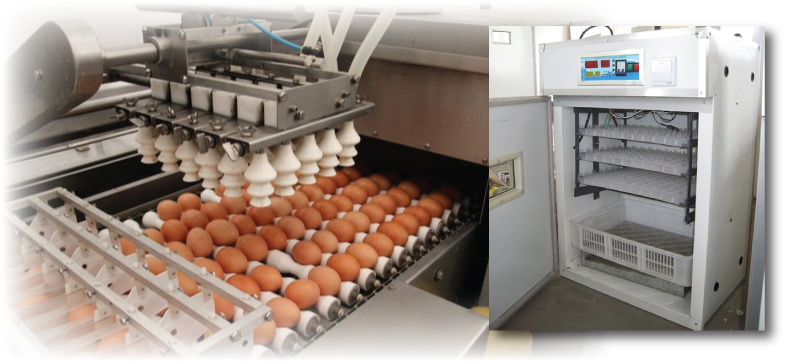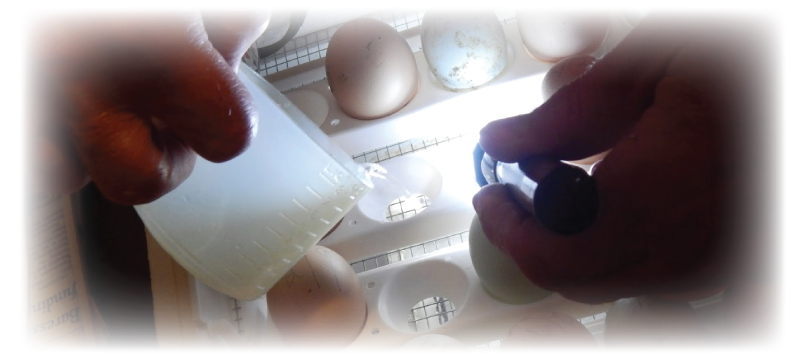Sanitation of incubating eggs is important to the embryo development inside of the incubator. There are varying methods of sanitation before and during the incubation cycle. Most of the time eggs selected for hatching are fumigated, sprayed, or washed with a disinfectant and antimicrobial agent, typically formalin. Another method of sanitation is using a UV light before the eggs are set in the incubator and while they reside inside of it. The UV light inside of the incubation chamber allows for remaining bacteria to be controlled. It is also recommended that an air filter be used in forced air incubators to inhibit new contaminates from entering.
Types of Disinfectants
Halogens (chlorine, iodine)
Aldehydes
Quaternary Ammonium Compounds
Phenol
Peroxides
Why should eggs be sanitized before they are placed inside the incubator? The incubating chamber is ideal for rapid bacterial growth. In fact incubators are used in labs to rapidly grow bacterial colonies. The egg shell is porous so having harmful bacterial growing rampant will eventually permeate the shell and infect the egg. This causes the egg not to hatch or causes early death of the chick. To prevent cross contamination incubators and all egg handling equipment should be sterilized between every use. Personnel handling the eggs should wear protective clothing and gloves when handling eggs.
Most Common Egg Contaminates
Pseudomonas
Escherichia coli
Salmonella
Mycoplasma
Aspergillus fumigatus


